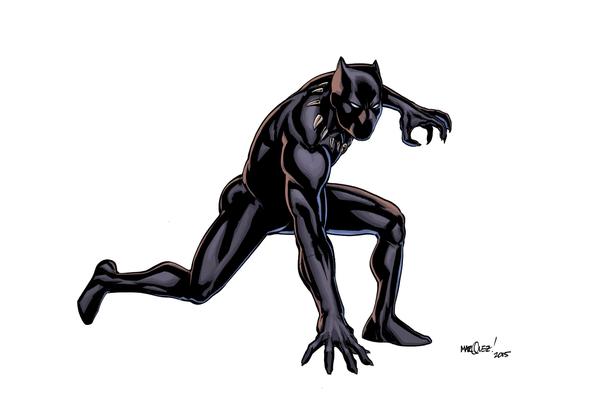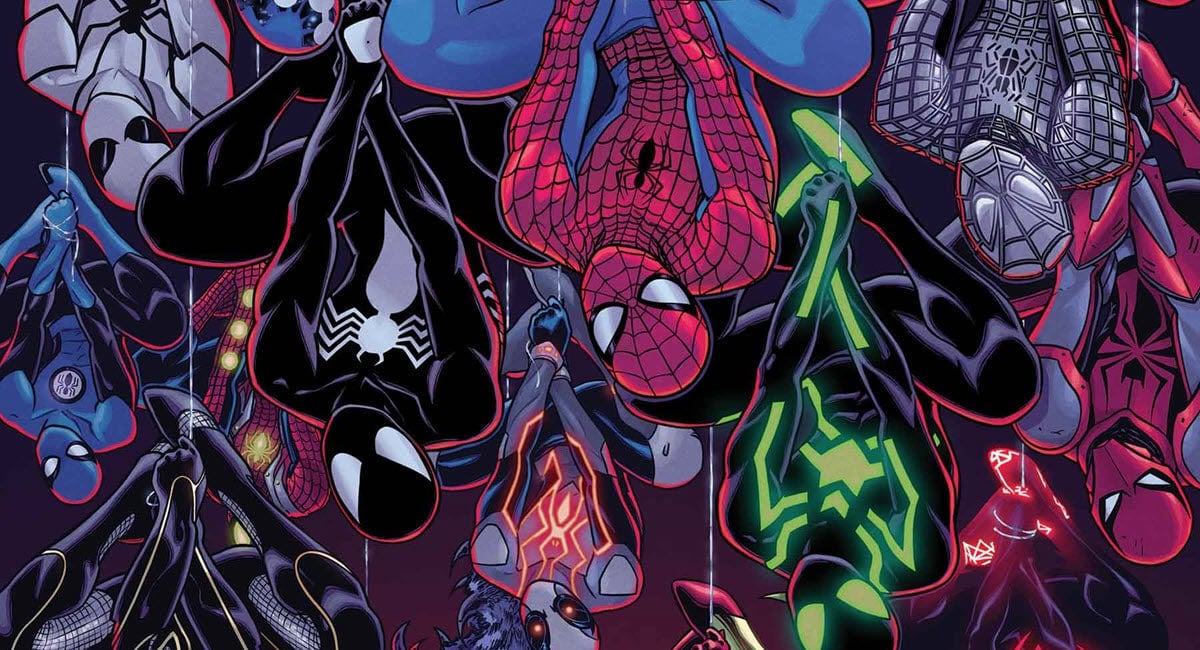The first issue of Black Panther, written by Ta-Nehisi Coates (The Atlantic), drawn by Brian Stelfreeze (Wednesday Comics) and colored by Laura Martin (Thor) was a technical success. The character of Black Panther was fueled by an interesting cocktail of rage that propelled some of the issue at a nice pace.
However, despite this title’s strengths, I’m not sure that readers came away from the book understanding the true state of Wakanda. The debut issue only teased the series’ antagonist and conflict within the borders of the new Wakanda might be a problem that T’Challa may never be able to resolve. The second issue of this series still has a lot to prove. Come find out how the second chapter of “A Nation Under Our Feet” fares in the latest installment of The Marvel Rundown.
Writer: Ta-Nehisi Coates Artist: Brian Stelfreeze Colors: Laura Martin
Letters: VC’s Joe Sabino Design: Manny Mederos Logo: Rian Hughes
With their nation falling apart at the seams, I’m not 100% sure what the people of Wakanda are thankful for. However, I’m thankful for the recap page nestled behind the cover of this comic book. I can’t even imagine reading Black Panther #2 without it and the Marvel video that features Coates talking about the themes of his book. This all goes to say that Black Panther is a very dense comic book.
Although Coates made a name for himself outside of comics, he has clearly been a fan for quite some time. The amount of continuity seeped into Coates’ Black Panther is great. This second installment of T’Challa’s story continues to brim with subplots, effectively showcasing the enormous scope of the Black Panther’s kingdom, which is something that writers for the character rarely do.
The narrative propels forward at a rapid clip, keeping readers engaged and on the edges of their seats. Coates piles on question after question, digging deep into T’Challa’s conflicted and guilt-ridden mind. Thankfully, this issue also offers a few answers that give us a better sense of where Black Panther will go in the months to come.
That said, as someone fairly new to the character, the amount of story being thrust towards us in each issue feels a little overwhelming. The sprawl of this comic’s narrative makes me wonder if it has Game of Thrones syndrome. Narrative threads are growing like grass after heavy rains, and we can only hope that we will soon have a better handle on the many different cast members and their motivations. The author is calling upon Black Panther’s vast history, but it is unclear as to what end.
One absolute I can say about Black Panther #2 is that Brian Stelfreeze and Laura Martin are an artistic team without compare. Together, they make Wakanda seem vibrant and real. Every one of the many characters in this story feels as real as the last, and all the major players get very interesting costume designs. . The amalgamation of mystical and technological elements in T’Challa’s suit is noted and appreciated.
This issue is bound to impress an open-minded Ta-Nehisi Coates fan, but his depiction of T’Challa needs more time to develop in order to win the hearts of everyone. Thankfully, Coates is committed, so we are too. This is still a comic that asks many questions. Let’s hope the answers are just as satisfying as the mysteries themselves.
Verdict: Opaque, but so beautiful.
T’Challa continues to reveal more about his world in Black Panther #2









The Comics Journal ran an interesting article comparing Coates’ Black Panther to the Don McGregor run in the ’70s. The writer clearly prefers the McGregor version.
http://www.tcj.com/black-panther-1-31-thoughts/
Ken Parille makes two points I totally agree with: Maybe he cuts too much slack for ’70s comics, but he sees that era’s corporate comics as cheap, throwaway entertainment for kids and teenagers. Today’s comics often present themselves as serious stories for adults, so he expects more from them. When they let him down, he’s more critical. Same here.
He also notes that $5 (the price of the new BP No. 1) is a lot to pay for such a quick read. Comics in the ’70s believed in “giving the kids their money’s worth,” so writers were allowed to be very wordy — none more so than McGregor.
Honestly I really think white America isn’t ready for this comic. It’s too powerful.
I was excited for the first issue, wasn’t entertained, didn’t pick up issue 2. Captain America is the last Marvel comic that I may buy and based on the new costume and shield, I doubt I’ll make it beyond #1. I understand the need for “important” comics but Marvel is no longer entertaining me with their comics.
White America has not fear of this comic. Get over yourself.
@Mark – I disagree. Black Panther is himself a character whom makes white americans tremble. And in a writer like Thazani Coats and Brian Steelfreeze, both of whom are of “color” and it’s arguably too potent for caucasians.
“The Comics Journal ran an interesting article comparing Coates’ Black Panther to the Don McGregor run in the ’70s.”
Comparing a single decompressed comic book to two dozen comics from the ’70s. That’s totally logical.
I never knew Brian Steelfreeze was African-American until you mentioned it, Elias, just as I never knew Chuck Patton and Paris Cullins were back when I was reading their comics in the 80s. And the only time I’ve ever “trembled” at T’Challa is shaking with *laughter* at some of Jack Kirby’s dialog.
Elias, i cant think of a more ignorant comment to make regarding a critique of Coats’ Black Panther. You think that 200k+ copies sold was sold to a minority of white people? Get the chip off your shoulder.
Comments are closed.